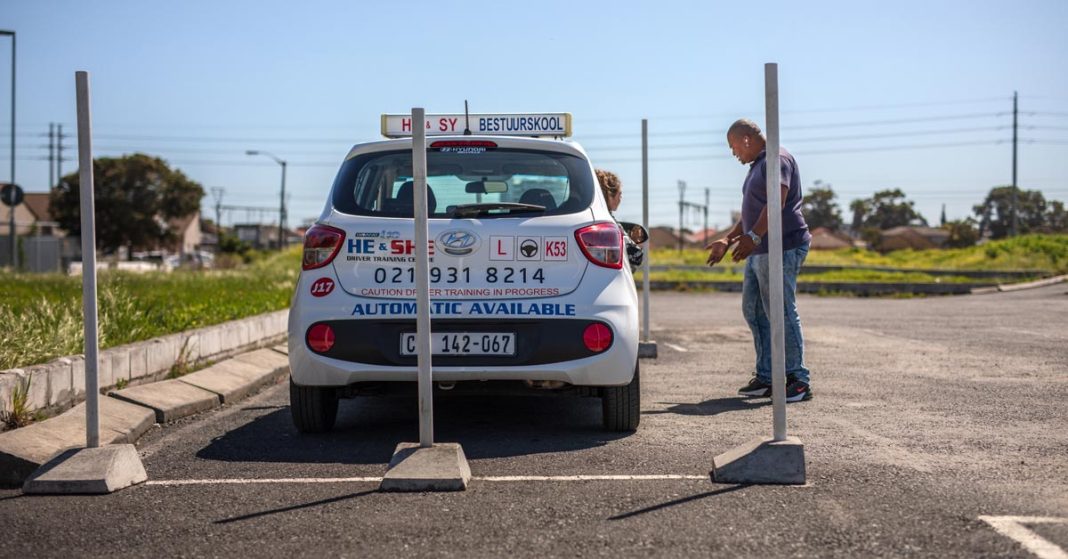Deciding whether to take automatic driving lessons or manual lessons is an important consideration for new drivers. Each option has its own set of advantages and challenges, making it essential to evaluate your personal needs, driving goals, and preferences before choosing. This article will help you weigh the pros and cons of each option to determine which type of driving lesson is best for you.
Automatic driving lessons are designed for vehicles that shift gears automatically, allowing drivers to focus on steering and other essential driving skills without worrying about manually changing gears. Many driving schools, such as those found on Rated Driving, specialize in providing automatic driving lessons tailored to beginners. These lessons often emphasize ease of use and reduced stress, making them an excellent choice for those who may feel overwhelmed by the complexities of driving.
Benefits of Automatic Driving Lessons
- Simplicity: Automatic vehicles are generally easier to operate, as they eliminate the need for a clutch pedal and gear shifting. This simplicity allows learners to concentrate on the road and developing their driving skills without the added pressure of managing a manual transmission.
- Quicker Learning Curve: Because automatic cars are easier to drive, many new drivers find they can progress more quickly through their lessons. This efficiency can lead to fewer lessons before passing the driving test, ultimately saving time and money.
- Less Stressful Experience: For many new drivers, learning to drive a manual car can be intimidating. Automatic lessons provide a more relaxed atmosphere, allowing learners to gain confidence without the fear of stalling or making gear-shifting mistakes.
Benefits of Manual Driving Lessons
- Greater Control: Manual vehicles give drivers more control over gear selection and engine power, which can be advantageous in specific driving conditions, such as mountainous terrain or during adverse weather.
- Versatility: Learning to drive a manual vehicle allows drivers to operate both manual and automatic cars, providing greater flexibility when renting or borrowing vehicles in the future.
- Potential Cost Savings: In some regions, insurance costs and driving test fees can be lower for manual cars, making it a more economical option in the long run.
Conclusion
Ultimately, the choice between automatic and manual driving lessons depends on your individual preferences and driving needs. If you prefer a simpler, more straightforward approach to learning, automatic driving lessons may be the best fit for you. However, if you’re interested in mastering the intricacies of driving a manual vehicle and want the versatility it offers, consider enrolling in manual lessons. Whatever path you choose, remember that gaining confidence and skill behind the wheel is the ultimate goal!










